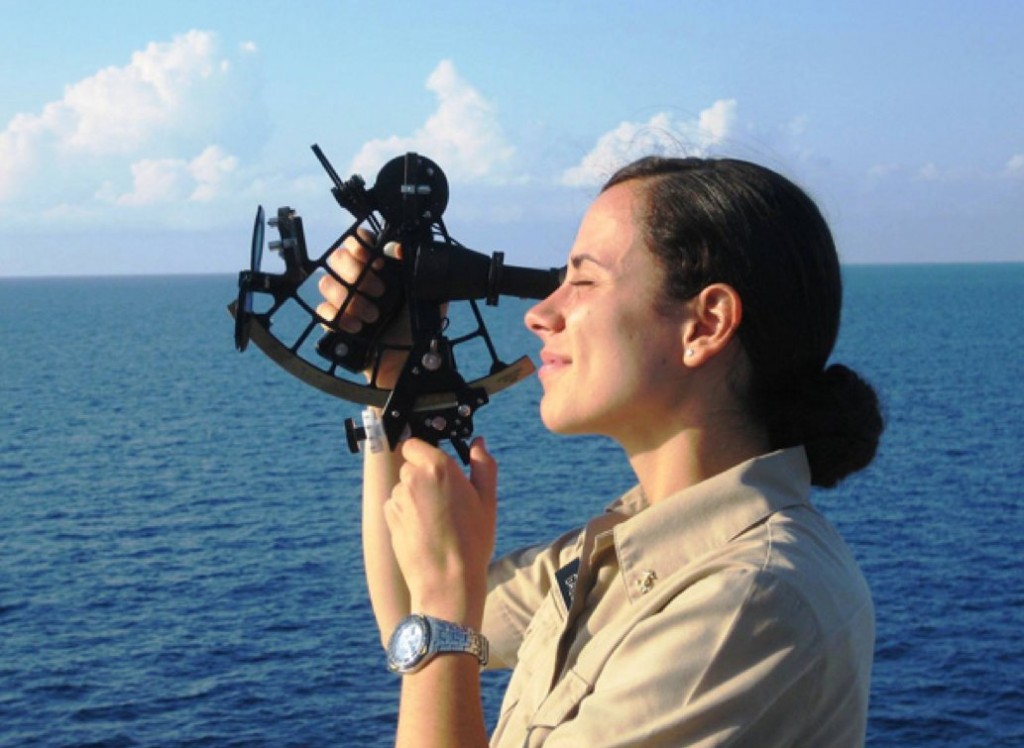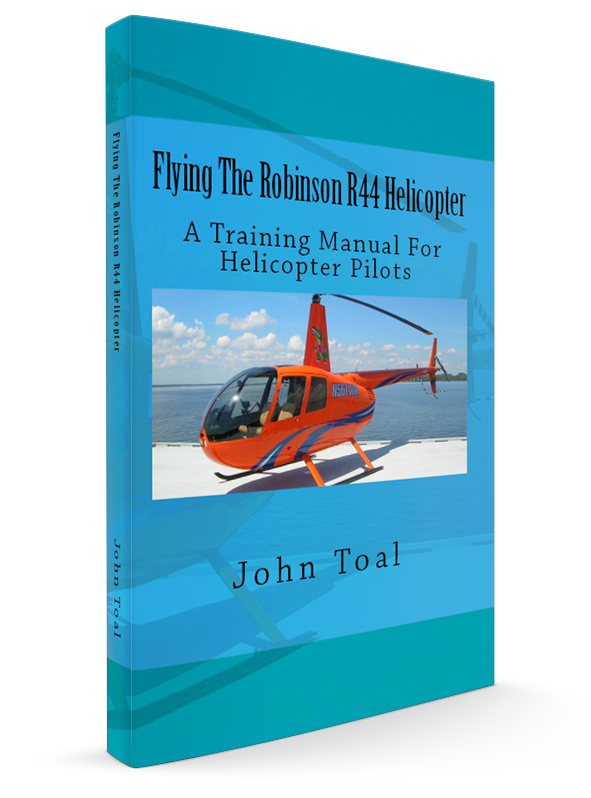Navigation Diversions
(Reviewed on 3rd April 2021)
How to Fly Navigation Diversions
A large part of anyone’s helicopter flight training is spent on teaching Navigation. Navigation is an acquired skill and takes practice. During your skills test you will have to carry out a navigation diversion. Navigation diversions can be the most intimidating part of a License Skills Test (LST) but I am going to show you a technique that I use with all of my students and it works extremely well. I will assume that you are capable of doing normal navigation flight planning and can also hold an altitude and heading during flight. During the navigation portion of the LST, your examiner will, at some stage, tell you that he wants you to divert to a different destination. One that you have not planned for. There are a few things you must do before you head off blindly on a rough heading. Before the flight, you will have drawn a LARGE arrow on your chart showing where the wind is coming from and marked the wind speed and direction on this arrow. You will also have calculated the crosswind component for this wind at 30 degree intervals relative to the helicopter and drawn a table on your chart.
I have prepared a PowerPoint Presentation which may be downloaded here.
- E.g. 1: If the wind is 15 knots and is on your 12 o’clock, there is no crosswind component and therefore no course correction to make but your ground speed is reduced by 15 knots.
- E.g. 2: If the wind is 20 knots and is on your 1 o’clock, there is a (1/3 airspeed) 7 kt crosswind component (20 / 3 = 7) and a 7 degree course correction is required. Ground speed is reduced by 14 knots (2/3 airspeed) ((20 / 3) x 2 = 14).
- E.g. 3: If the wind is 15 knots and is on your 2 o’clock, there is a (2/3 airspeed) 10 kt crosswind component ((15/3) x 2 = 10) and a 10 degree course correction is required. Ground speed is reduced by 5 knots (1/3 airspeed) (15 / 3 = 5).
- E.g. 4: If the wind is 15 knots and is on your 3 o’clock, there is a (3/3 airspeed) 15 kt crosswind component ((15/3) x 3 = 15) and a 15 degree course correction is required. Ground speed is not affected as there is no head/tail wind.
- Pick a point on the ground that you can use as a reference point while you do your planning for the diversion. Fly in a wide circle around this point or fly towards this point if it is further away (while you do your navigation diversion planning). Tell your examiner what you are doing.
- Draw a rough line on your chart from an easily identifiable point on your chart (close to your position) to the diversion destination. Measure the distance accurately.
- Set your pencil on the line and move it (without changing its direction) over a VOR compass rose. Take a not of the heading on the compass rose. This is a magnetic heading so there will be no requirement to take variation into account. (It may help to have a previously drawn VOR with a larger diameter, drawn on your chart).
- Now take a note of the wind direction relative to the helicopter using the large arrow you have drawn on your chart. Use the clock code (30 degree intervals).
- Refer to the table you made up before your flight (refer to the examples above). From this table you can see what your ground speed and your course correction are. Calculate the time to get to your destination at the new ground speed and tell your examiner what heading you are going to use and what time you are going to arrive at the destination.
- Note any features on the chart that may aid your navigation diversion to the destination.
This may sound like a complicated method for teaching navigation diversions but bear in mind that 90% of it is carried out on the ground before the flight and you have actually very little to do during the flight.
For information on how to navigate using radio navigation aids, read Radio Navigation and Instrument Flying: Air Pilot’s Manual (Air Pilot’s Manual Series) (v. 5)
Further information may be found at My Helicopter Training Blog. This method is the simplest that I have ever used for helicopter flight training and it actually works every time when used correctly.
Did you enjoy this post? Why not leave a comment below and continue the conversation, or subscribe to my feed and get articles like this delivered automatically to your feed reader.









lo que yo queria, gracias